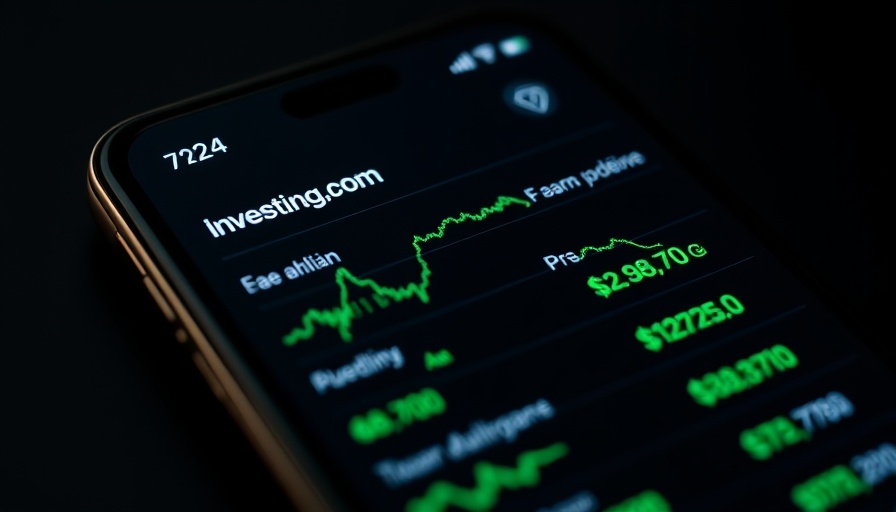
PayPal Launches New Platform for Global Wallet Interoperability
In a transformative move for the financial services industry, PayPal (NASDAQ: PYPL) has unveiled ‘PayPal World,’ a revolutionary platform aimed at creating global wallet interoperability. This innovative initiative will facilitate seamless transactions across different payment systems and digital wallets, with an immediate focus on integrating PayPal and Venmo. This ambitious project comes as part of PayPal's broader strategy to enhance cross-border commerce, expected to roll out this fall.
Major Partners Joining Forces
The launch is supported by some of the industry’s most significant players, including Mercado Pago, NPCI International Payments Limited (UPI), Tenpay Global, and Venmo itself. Collectively, these partnerships represent nearly two billion users worldwide, demonstrating the platform's extensive reach. By connecting various digital wallets, PayPal aims to enable consumers to use their local payment methods effortlessly while shopping internationally.
The Financial Landscape
PayPal is currently navigating a promising financial landscape with a market capitalization of $73.87 billion and an impressive annual revenue of $31.89 billion. Notably, the company boasts a gross profit margin of 41.4%, indicating a solid foundation to support this global initiative. Analysts from InvestingPro have highlighted the company's stock as trading below its fair value, suggesting a potential investment opportunity amid its ongoing expansion.
Implications for Cross-border Commerce
With ‘PayPal World,’ the potential for simplified global transactions could reshape how consumers and businesses engage in cross-border commerce. For consumers, this means the convenience of using familiar local payment methods abroad, thus reducing the friction often encountered in international transactions. For businesses, the platform promises to streamline operations and enhance customer experiences, potentially boosting sales in global markets.
Future Predictions: Where is PayPal Heading?
As the pace of digitization accelerates, platforms like PayPal World are likely to play an integral role. Future predictions suggest that financial technology will continue to evolve rapidly, with increasing integration of payment systems across borders. This could lead to broader acceptance of digital currencies and alternative investment avenues, inviting more players into the global market.
Broader Financial Implications
The launch of PayPal World extends beyond just transactional improvements; it signals a shift towards a more interconnected financial world. As we witness digital wallets gaining traction, investment strategies are adapting accordingly. Financial analysts are keeping a keen eye on tech stocks and crypto investing opportunities, as innovations like PayPal World could redefine asset allocation trends in the coming years.
Bridging the Gap: Local Versus Global Perspectives
From a local perspective, consumers and small business owners stand to benefit significantly from easier access to international markets. However, as with any significant change, there may also be challenges, including regulatory hurdles and market volatility. Financial experts argue that understanding these dynamics is crucial for investors looking to navigate the evolving landscape of digital finance.
Conclusion: Why This Matters to Investors
The launch of PayPal World underscores a crucial trend in modern finance: the rise of interoperability among digital wallets is set to shape the future of payments significantly. For investors, recognizing the implications of such innovations can provide strategic insights into market opportunities. Therefore, keeping an eye on developments in platforms like PayPal World might be vital for those considering asset allocation, especially in tech and fintech sectors.
 Add Row
Add Row  Add
Add 



Write A Comment